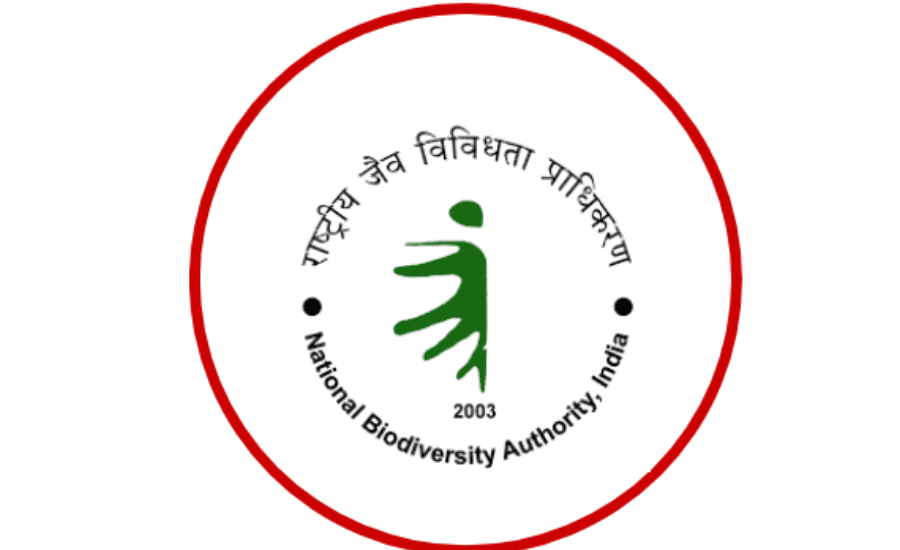New Delhi/ Chennai: Under the Access and Benefit Sharing (ABS) framework, the National Biodiversity Authority (NBA) has released ₹55 lakh to 18 farmers/cultivators of Red Sander (Pterocarpus santalinus) in eight villages of Tiruvallur district, Tamil Nadu: Kannabhirannagar, Kothur, Vembedu, Siruniyum, Goonipalayam, Ammambakkam, Alikuzhi and Thimmaboopulapuram.
The Red Sander Benefit Sharing Scheme was announced on 28 October 2025 by the Ministry of Environment, Forest and Climate Change via the Press Information Bureau. A key policy step was the 2019 relaxation by the Directorate General of Foreign Trade (DGFT) allowing export of Red Sander from cultivated sources.
Importance of the Funding Under Red Sander Benefit Sharing Scheme
This is being described as a “first-of-its-kind benefit-sharing initiative” that aligns biodiversity conservation with farmer livelihoods.
It builds upon earlier larger releases (for example, about ₹48 crore earlier to Andhra Pradesh and Karnataka for Red Sander protection) under the NBA’s ABS mechanism.
The Red Sander tree is endemic to the Eastern Ghats region, has ecological, economic and cultural significance, and faces pressure from illegal trade of wild-stock.
This funding has the following significances;
- It signifies a shift towards farm-based conservation of a high-value endangered tree species, beyond conventional forestry models.
- The move enhances legal, sustainable supply of Red Sander from cultivated stocks, thereby reducing illegal harvesting and smuggling from wild forests.
- It reinforces the ABS framework as a tool to align biodiversity protection with rural livelihoods and community stewardship.
- It strengthens India’s commitment to sustainable use of biological resources, and bolsters efforts to meet global biodiversity targets.
- By promoting cultivated-source Red Sander the scheme aims to reduce pressure on wild populations while supporting farmer incomes.
What is Red Sander Tree (Pterocarpus santalinus)
The Red Sander tree is native to the Southern Eastern Ghats, particularly of Andhra Pradesh, Tamil Nadu, Karnataka and Odisha. It is known for its richly coloured heartwood and high commercial value.
Due to over-exploitation and high demand, wild populations have been under severe pressure, and the species is protected under national and international regulations. The cultivation of Red Sander on private and farm lands offers a legal, sustainable alternative.
Broader Impacts of Red Sander Benefit Sharing Scheme
1. Farmer Livelihoods Enhanced: By releasing payments to cultivators, the scheme directly rewards farmers for their role in conserving a valued biological resource. This aligns conservation with incomes and therefore sustainability.
2. Conservation-Trade Link Strengthened: Cultivated Red Sander becomes an alternative legal supply chain for an otherwise illegally exploited resource. That improves traceability, legality and sustainability of trade.
3. Wild Habitat Protection Support: With legal, cultivated supply, pressure on wild populations of Red Sander in the Eastern Ghats is expected to reduce, benefiting forest ecosystems and wildlife that depend on them.
4. Replicable Model for Other Species: This initiative can serve as a blueprint for other high-value endemic species where cultivation + benefit sharing + community stewardship can align.
5. Global Biodiversity Commitments: India’s actions under ABS support its international obligations under the Convention on Biological Diversity (CBD) and the national goal of linking biodiversity conservation with inclusive development.
Way Forward?
- The farmers in Tamil Nadu will utilise the funds and continue their cultivation of Red Sander, under oversight and through the State Biodiversity Board.
- Cultivation will scale up, with potential for more farmers to participate in future benefit-sharing tranches.
- Monitoring of the cultivated stock, trade chain traceability, and legal export of cultivated Red Sander will be vital to ensure the conservation-trade loop works as intended.
- The NBA will likely publish progress reports and further funding rounds under the ABS mechanism to support similar initiatives elsewhere.
- Stakeholders (farmers, biodiversity management committees, state forest departments) will need capacity building, plantation management support and market linkages to make the model sustainable.
Key Take-aways for Stakeholders
- If you’re a farmer in Tamil Nadu or Eastern Ghats region with Red Sander cultivation potential, this is a positive signal that such cultivation may receive benefits under ABS.
- For forestry departments and states, integrating farm-based tree cultivation with biodiversity goals offers a win-win for ecology and economy.
- For buyers, traders and exporters of Red Sander wood, the legal cultivated supply chain will reduce risk of illegal sourcing and strengthen corporate responsibility credentials.
- For conservationists and policy-makers, this model emphasises that linking local livelihoods with biodiversity value is central to long-term ecosystem protection.
About the National Biodiversity Authority (NBA)
The NBA is a statutory autonomous body under the Ministry of Environment, Forest and Climate Change, Government of India, established under the Biological Diversity Act 2002.
Its mandate includes regulation of access to biological resources, and ensuring fair and equitable sharing of benefits arising from their utilisation.
Read Also: National Biodiversity Authority Sanctions ₹82 Lakh for Red Sanders Conservation in Andhra Pradesh
The current Chairperson of the NBA (as per available record) is C Achalender Reddy IFS, who has around 34 years of service in the Indian Forest Service (AGMUT cadre) and was nominated for the Chairperson role of NBA.



























